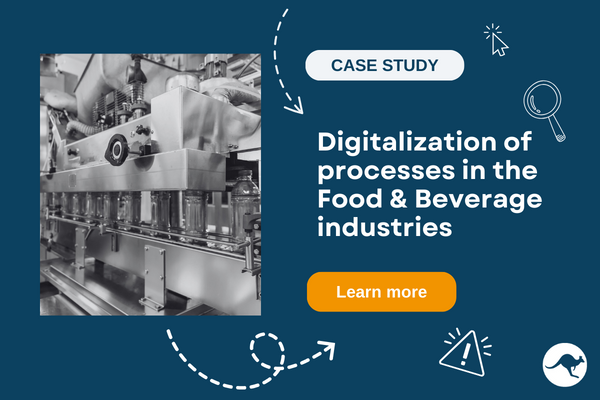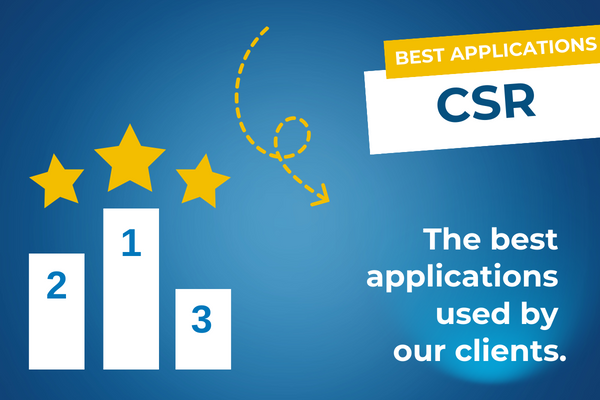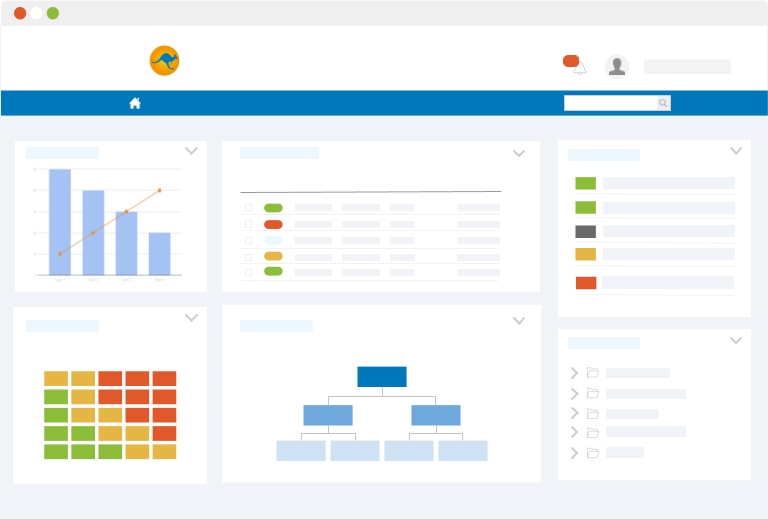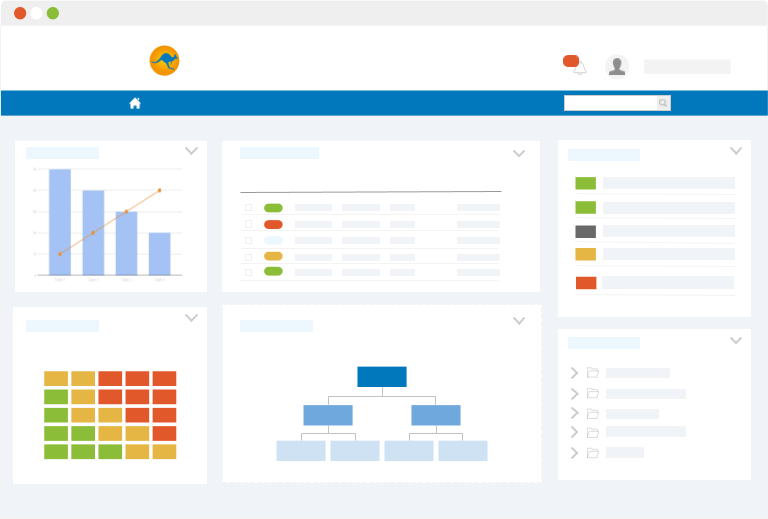What is SQF certification?
Safe Quality Food (SQF) is a rigorous food safety and quality program recognized by all stakeholders from raw material cultivation through manufacturing and storage to retail. It was approved in 2004 by the Global Food Safety Initiative (GFSI). It is based on the principles and guidelines of HACCP.
Product quality is emphasized and defined by a globally recognized SQF code. Certified sites can display a quality label on their products. Moreover, it integrates an ethical dimension into the entire process.
Who implements the SQF certification?
A manager must be appointed per site, this SQF practitioner is responsible for the proper application of the guidelines on food safety and quality.
He/she is trained on the application of the HACCP plan and has a good understanding of the SQF code (for the implementation and maintenance of the certification).
His/her mission implies the realization of regular self-assessment audits and the implementation (and follow-up) of corrective and preventive actions. The results of the analysis with all the parties concerned throughout the process from production to retail (traceability).
What are the levels of SQF certification?
There are 3 levels of certification:
- Fundamentals: about low-risk products and includes basic controls;
- Food Safety: is a certified HACCP food safety plan that is compared by GFSI
- Food Safety and Quality: is the full implementation of food safety and quality management systems
How does an SQF audit work?
Several steps are necessary for the SQF certification:
- Prepare yourself beforehand, with a self-assessment according to the certification’s requirements (pre-audit)
- Gather all the evidence that justifies your approach
- Involve your staff in your approach as they contribute to the quality and safety of your products and designate a SQF referent on the site to be audited.
- Register in the SQF assessment database to perform an SQF audit
- Choose the type of certification (“Fundamentals”, “Food Safety” or “Food Safety and Quality”)
- Planning and passing the certification audit (you are confident thanks to your preparation and the evidence at hand !)
🏆 You are certified if the audit is validated!
Expert’s conclusion:
You will need a tool to organize and succeed in your certification. It will allow you to be well prepared, thanks to its self-assessment module, collect and classify documents in a collaborative DMS (with history management) and consequently ensure that you have the evidence at the time of the verification audit.
Digital technology will allow you to involve your employees in your approach with personalized access and functionalities specific to the needs of each business.
The traceability of your approach is guaranteed because you can interface the software with the applications of the providers and suppliers concerned.
Digital technology is essential to organize and work together for the success of Safe Quality Food certification.






